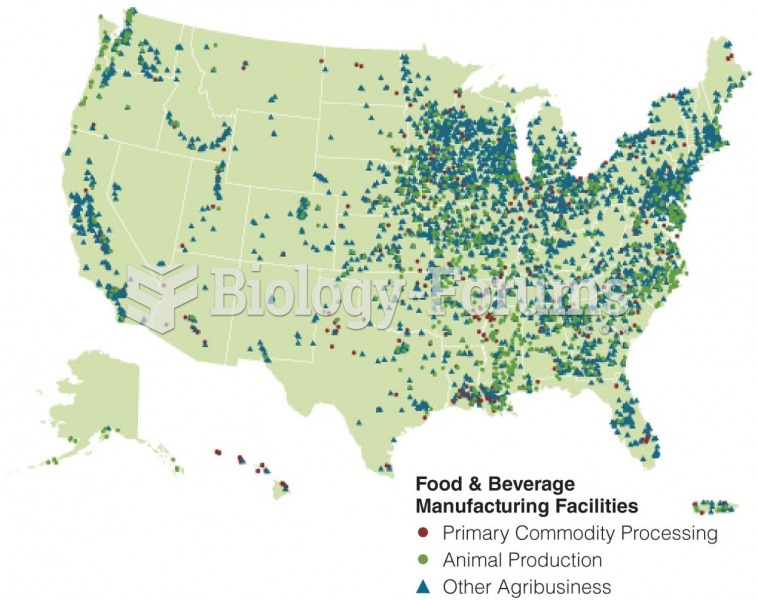Answer to Question 1
Answer: The food chain is the sequential consumption of food in an ecosystem, beginning with green plants, followed by herbivores and carnivores, and ending with decomposers.
The food chain is a simple one-way depiction of food's cyclical consumption in an ecosystem. The food web is a much more complicated depiction of the various food/consumption relationships that exist within an ecosystem. Green plants produce food in the form of carbohydrates. The food is distributed through an ecosystem through the food chain. Plant-eating animals, known as herbivores, begin the food chain by consuming plants. Carnivores, which are meat-eating animals, eat herbivores and may in turn be eaten by other animals. Most of the food that animals consume is used to keep their bodies functioning. Animals excrete some of the food, and when they die, their bodies are rich in stored up nutrients. Decomposers consume animal excretions and dead bodies, returning chemical nutrients to the environment where it can support new growth.
The food chain is a one-directional ladder-like view of energy flow through ecosystems. But in reality it is more complex than that. The term food web is used to describe this complex system. Individual organisms may feed at multiple levels, and may rely on different food sources at different times. For example, black bears are omnivores, but their diet varies through the year and may include shoots of young plants in the spring, roots, insects, some mammals such as young deer (herbivores), and fish (again, either herbivores or carnivores).
The multiplicity of producer-consumer and predator-prey relations in a food web means that there is a high degree of linkage through all parts of an ecosystem. A change in the amount of primary production, or in the population of a particular species, may have positive or negative impacts on numerous other species.
Answer to Question 2
Answer: In the nitrogen cycle nitrogen is taken from the atmosphere and fixed, or converted to forms that can be used by plants and animals to build proteins and other molecules. Nitrogen fixation occurs by both natural and human processes.
Most natural nitrogen fixation takes place in the soil, by bacteria, and is then taken up in plants and incorporated in plant tissue. This nitrogen then passes from plants to the animals that consume them, before being broken down and released back to the atmosphere. Bacteria play a major role in converting nitrogen contained in biomass into mobile forms such as ammonium (NH4) and nitrate (NO3), which are readily dissolved in water. Water moving through the soil can carry this soluble nitrogen to streams and to the ocean.
Humans fix nitrogen through chemical fertilizer use. This nitrogen is added to agricultural systems from which it is spread through the environment. Vehicles and fossil-fuel fired power plants also emit large amounts of nitrogen oxides that are returned to the surface in precipitation nitrates. Today more nitrogen is fixed by humans than by natural processes.







